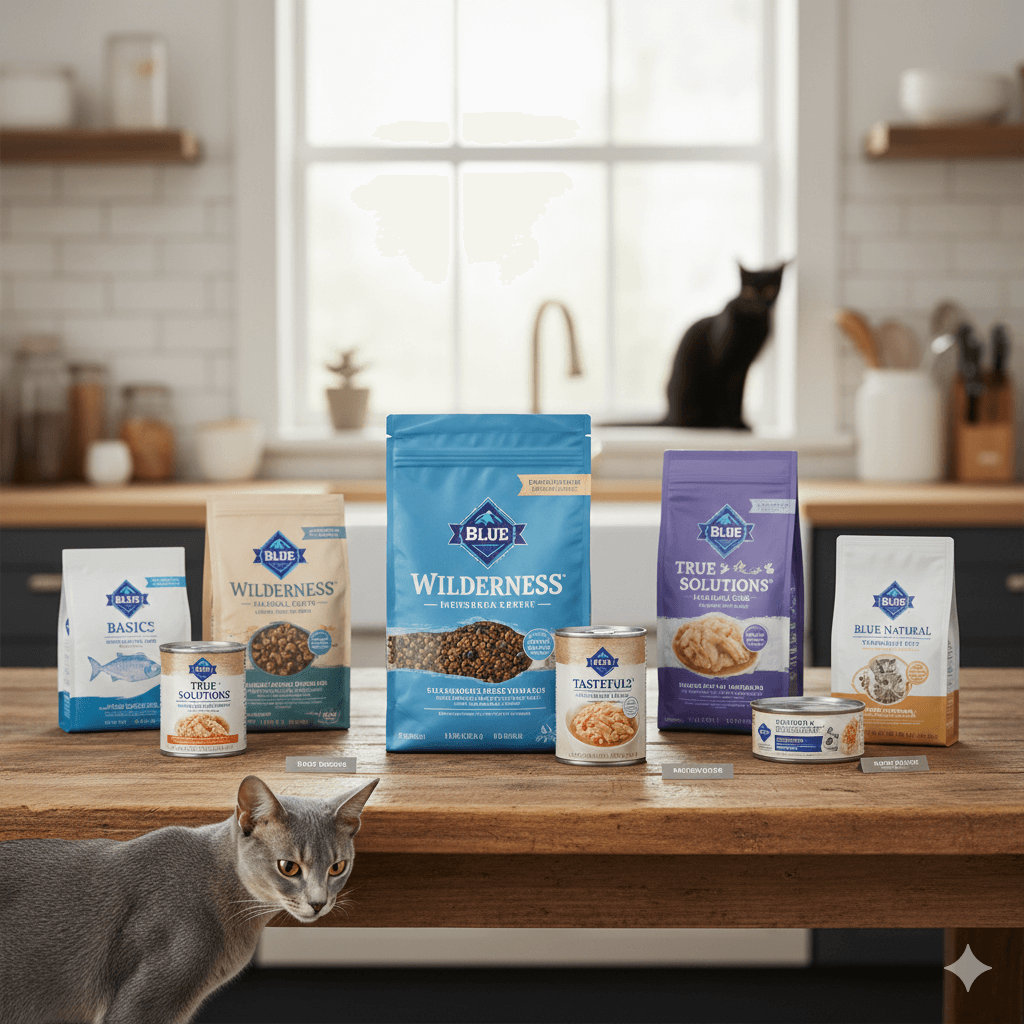Can Dogs Eat Mochi? What You Need to Know
Mochi, the soft and chewy Japanese rice cake, has gained popularity worldwide for its unique texture and sweet flavor. But as a dog owner, you might be wondering: can dogs eat mochi safely? While this treat may seem harmless, certain ingredients and characteristics of mochi could pose risks to your furry friend. Understanding what makes mochi potentially unsafe—and how to offer safer alternatives—can help you make informed decisions about your dog’s diet. In this blog post, we’ll explore everything you need to know about feeding mochi to dogs, including potential dangers, healthier options, and tips for keeping your pup safe.
Potential Risks of Feeding Mochi to Dogs
While mochi is a beloved snack for humans, it’s not necessarily safe for dogs. Here are some key risks to consider before sharing this treat with your canine companion.
Choking Hazard:
Mochi’s sticky and dense texture can easily get lodged in a dog’s throat, leading to choking or difficulty swallowing.High Sugar Content:
Many mochi varieties are sweetened, which can upset your dog’s stomach or contribute to weight gain and diabetes over time.Glutinous Rice Difficulties:
The sticky rice used in mochi can be hard for dogs to digest, potentially causing gastrointestinal blockages or discomfort.Allergic Reactions:
Some dogs may have sensitivities to rice or other ingredients commonly found in mochi, leading to allergic reactions like itching or swelling.Added Ingredients:
Flavored mochi often contains additives like chocolate, nuts, or artificial sweeteners (e.g., xylitol), all of which are toxic to dogs.
These risks highlight why caution is essential when considering feeding mochi to your dog. Always prioritize their safety over curiosity.
Signs Your Dog May Have Eaten Mochi Safely or Unsafely
If your dog accidentally eats mochi—or you decide to share a small piece—it’s important to monitor them closely for any adverse reactions. Here’s what to look out for.
Normal Behavior (Safe Consumption):
If your dog shows no signs of distress, such as coughing, vomiting, or lethargy, they may have tolerated the mochi without issue.Choking or Gagging:
Immediate gagging or choking indicates that the mochi may be stuck in their throat, requiring urgent attention.Vomiting or Diarrhea:
These symptoms suggest digestive upset, likely caused by the sticky texture or high sugar content of the mochi.Lethargy or Discomfort:
A lack of energy or visible discomfort could signal an allergic reaction or digestive blockage.Difficulty Breathing:
Labored breathing may indicate that the mochi is obstructing their airway, necessitating immediate veterinary care.
Recognizing these signs early allows you to act quickly and prevent complications from escalating.
Check this guide 👉Can Dogs Eat Dumplings? Best 7 Expert Tips!
Check this guide 👉Can Dogs Eat Duck Eggs? Best 7 Expert Tips!
Check this guide 👉Can Dogs Eat Spiders? Best 7 Expert Tips!

Safe Alternatives to Mochi for Dogs | Risks of Unsafe Ingredients in Mochi |
|---|---|
Plain cooked rice | Sticky glutinous rice causing blockages |
Small pieces of plain chicken | High sugar content leading to obesity |
Homemade peanut butter treats (xylitol-free) | Artificial sweeteners like xylitol being toxic |
Fresh fruits like blueberries or apples | Chocolate coatings posing poisoning risks |
Plain yogurt or cottage cheese | Nuts or seeds causing choking hazards |
How to Safely Introduce Mochi to Your Dog (If at All)
If you’re determined to let your dog try mochi, it’s crucial to take precautions to minimize risks. Follow these guidelines to ensure a safer experience.
Choose Plain, Unflavored Mochi:
Avoid mochi with added sugars, artificial flavors, or toxic ingredients like chocolate or xylitol.Cut into Tiny Pieces:
Breaking mochi into very small, bite-sized portions reduces the risk of choking or digestive issues.Offer in Moderation:
Limit the amount to a single tiny piece as an occasional treat, rather than making it a regular part of their diet.Supervise Closely:
Watch your dog carefully while they eat mochi to ensure they don’t choke or show signs of distress.Consult Your Veterinarian:
Before introducing mochi, seek advice from your vet to confirm it aligns with your dog’s dietary needs.
By following these steps, you can mitigate risks while allowing your dog to enjoy a small taste of mochi safely.
Healthier Treat Options for Your Dog
Instead of mochi, there are plenty of dog-friendly treats that are safer, healthier, and just as enjoyable for your pup. Here are some great alternatives to consider.
Homemade Rice Balls:
Cooked plain rice shaped into small balls is a safer alternative to sticky mochi.Fruit-Based Snacks:
Slices of apple, banana, or watermelon (without seeds) provide natural sweetness and hydration.Vegetable Treats:
Carrot sticks, green beans, or pumpkin puree are nutritious and easy to digest.Protein-Rich Options:
Boiled chicken, turkey, or scrambled eggs (no seasoning) make excellent high-protein snacks.Commercial Dog Treats:
Look for vet-approved treats specifically formulated for dogs, ensuring balanced nutrition.
These alternatives allow you to spoil your dog without compromising their health or safety.
Common Mistakes to Avoid When Feeding Human Foods to Dogs
Sharing food with your dog can be a bonding experience, but certain mistakes can lead to serious consequences. Here’s what to avoid when offering human snacks.
Ignoring Ingredient Labels:
Harmful additives like xylitol or chocolate can hide in seemingly innocent treats, making label reading essential.Overfeeding “Safe” Foods:
Even dog-friendly foods can cause issues if given in excessive amounts, leading to obesity or digestive upset.Assuming All Dogs React the Same Way:
Every dog is different; what’s safe for one may not be safe for another, depending on allergies or sensitivities.Feeding Sticky or Hard Textures:
Foods like mochi or bones can pose choking hazards or damage teeth, requiring careful consideration.Skipping Veterinary Advice:
Always consult your vet before introducing new foods to ensure they align with your dog’s specific needs.
Avoiding these mistakes ensures a safer and healthier snacking experience for your dog.
Understanding Your Dog’s Dietary Needs
Dogs have unique nutritional requirements that differ from humans. Understanding these needs helps you provide a balanced diet while avoiding harmful foods.
High-Quality Protein Sources:
Dogs thrive on protein-rich diets, which support muscle growth and overall vitality.Limited Sugar Intake:
Excessive sugar can lead to obesity, dental issues, and long-term health problems.Hydration is Key:
Ensure your dog has constant access to fresh water, especially after consuming dry or sticky foods.Balanced Nutrition:
A mix of proteins, fats, carbohydrates, vitamins, and minerals ensures optimal health and energy levels.Avoid Processed Foods:
Highly processed snacks often contain preservatives and additives that can harm your dog’s digestive system.
Meeting these dietary needs promotes longevity and happiness for your furry friend.
Fun Ways to Treat Your Dog Without Risky Foods
Spoiling your dog doesn’t have to involve risky human foods. These fun and creative ideas keep your pup entertained and satisfied safely.
DIY Dog Treat Recipes:
Make homemade treats using simple, dog-safe ingredients like oats, peanut butter, and bananas.Interactive Toys:
Stuff KONG toys with plain yogurt or wet food for a mentally stimulating snack.Training Rewards:
Use small pieces of boiled chicken or cheese as rewards during training sessions.Frozen Treats:
Blend plain yogurt with blueberries and freeze in molds for a refreshing summer snack.Playtime Bonuses:
Incorporate treats into games like hide-and-seek or fetch for added excitement.
These activities allow you to bond with your dog while keeping their diet wholesome and enjoyable.
Frequently Asked Questions About Dogs and Mochi
Is plain mochi safe for dogs?
Plain mochi is still risky due to its sticky texture and potential for digestive blockages. It’s best avoided.
What should I do if my dog chokes on mochi?
Act quickly by performing the Heimlich maneuver or seeking emergency veterinary assistance.
Can puppies eat mochi?
Puppies are especially vulnerable to choking and digestive issues, so mochi should be avoided entirely.
Are there any dog-safe Asian desserts?
Yes, plain cooked rice or fruit-based desserts (like mango slices) are safer options for dogs.
How much mochi is too much for a dog?
Even a small amount can be problematic due to its sticky nature; avoid feeding it altogether.
Prioritizing Your Dog’s Safety When It Comes to Mochi
Feeding mochi to your dog comes with significant risks that outweigh any potential benefits. While it may be tempting to share this tasty treat, prioritizing your dog’s health and well-being is always the best choice. By understanding the dangers, opting for safer alternatives, and consulting your veterinarian, you can ensure your pup stays happy and healthy. Remember, your dog relies on you to make the best dietary choices for them—so always err on the side of caution when introducing new foods.
Cat Anxiety Treatment: 7 Proven Ways to Calm Your Stressed Feline Cats are masters of hiding their distress — but when …
Is Royal Canin Good Cat Food? Best 7 Expert Tips! Learn the truth about this brand & get vet-approved advice on feeding, ingredients, and tailored formulas.
Dwarf Cat Lifespan: Best 7 Expert Tips! Discover how to ensure a long, healthy, and happy life for your short-legged feline companion.
Blue Buffalo Cat Food: Best 7 Expert Tips! Discover how to choose the right formula, feeding strategies, and nutritional benefits for your feline friend.



